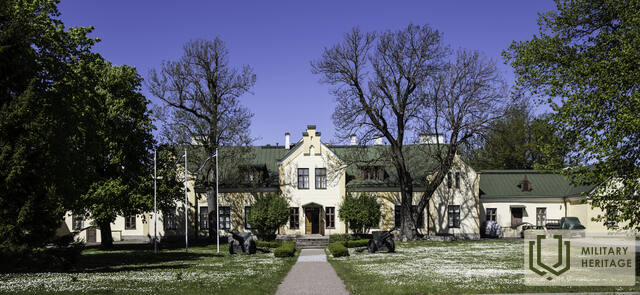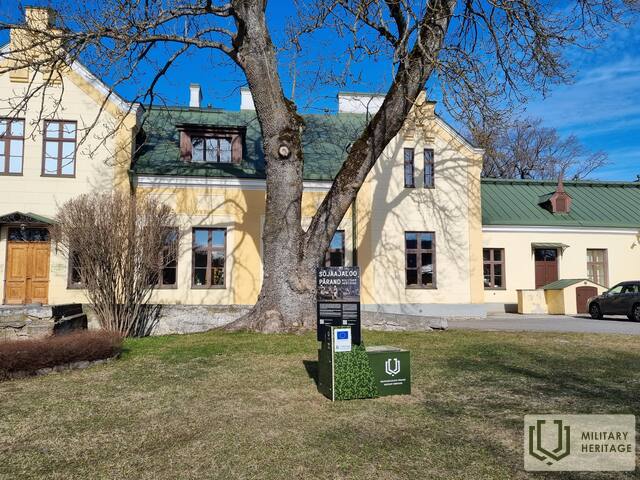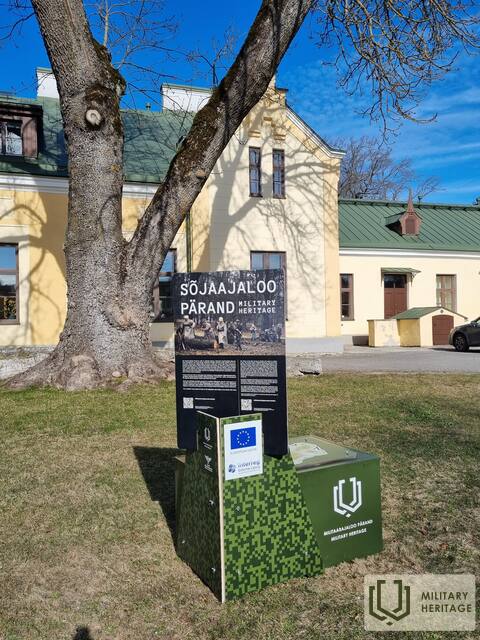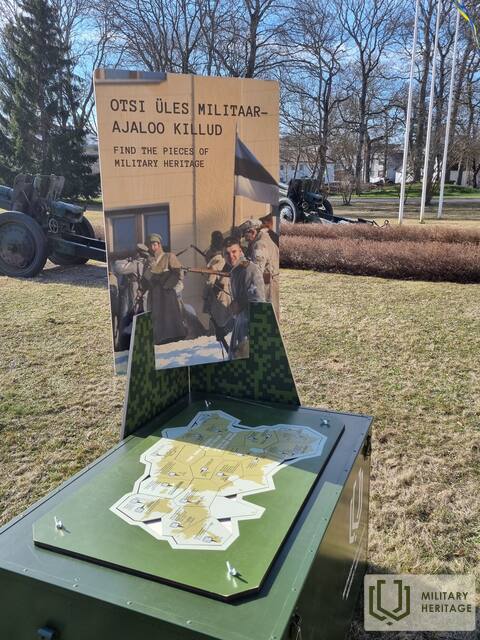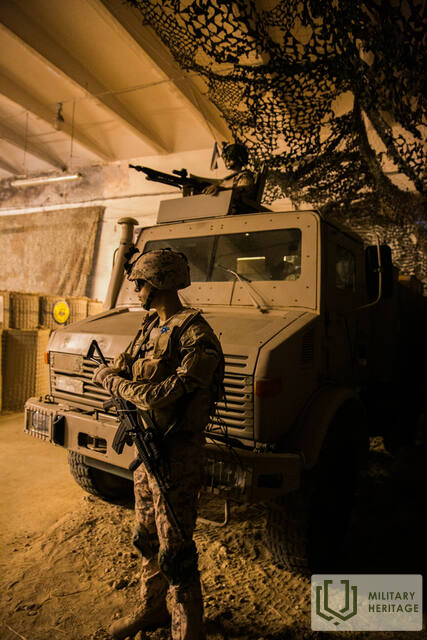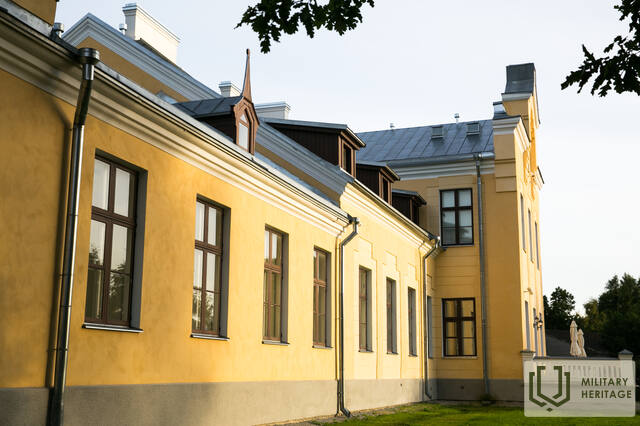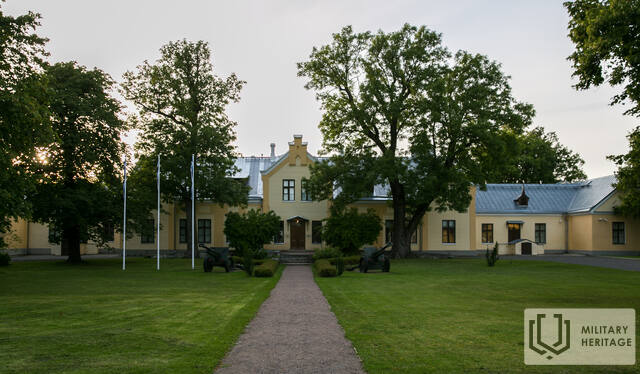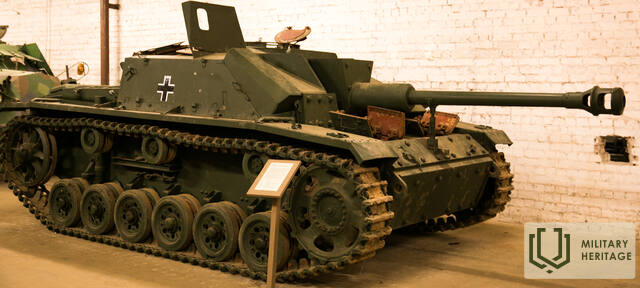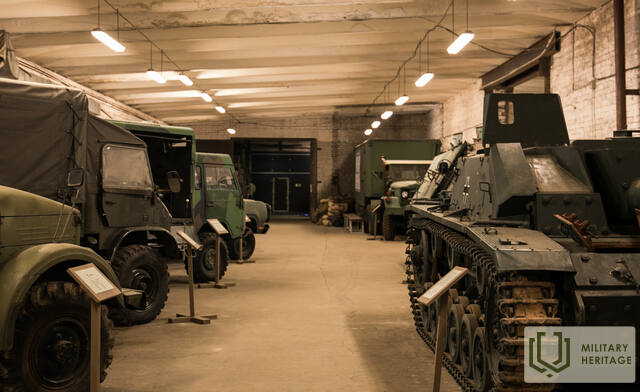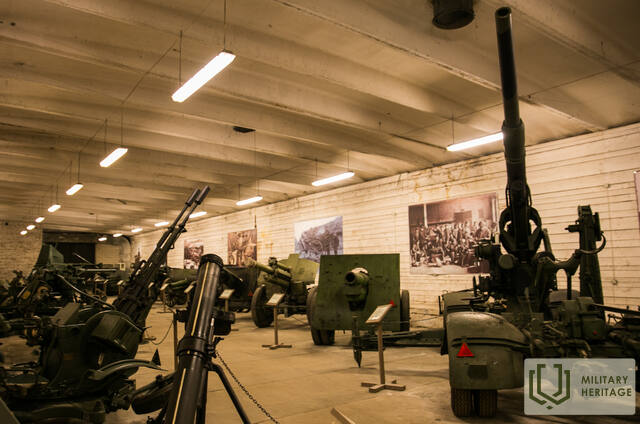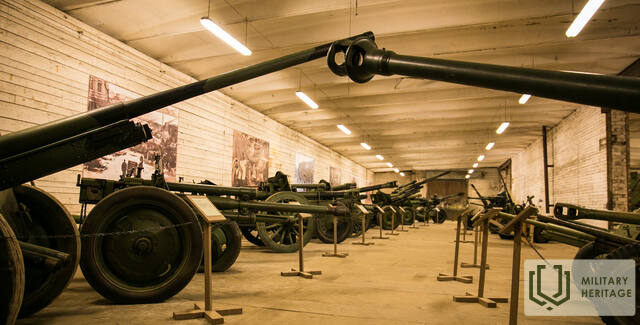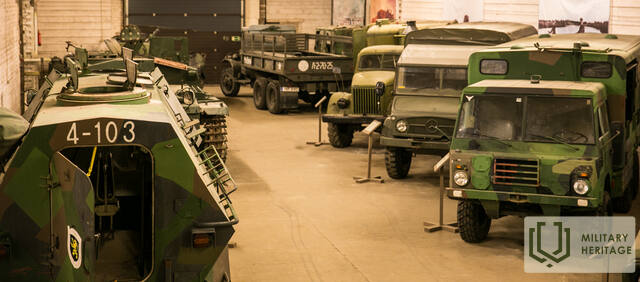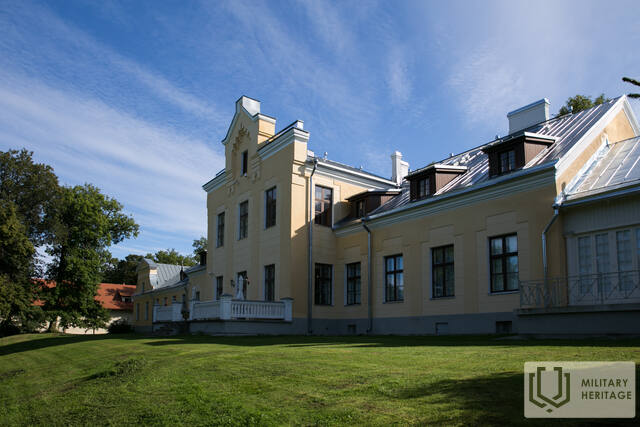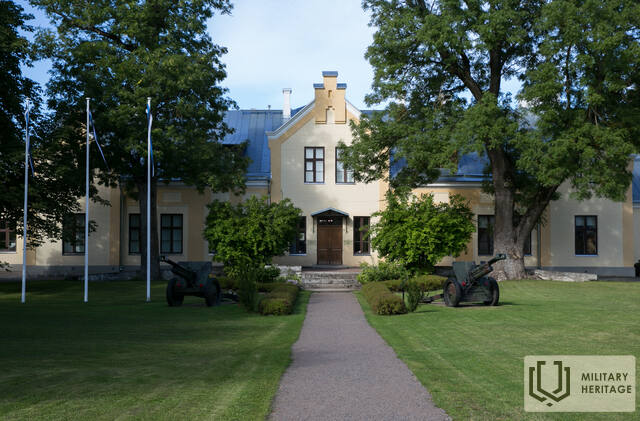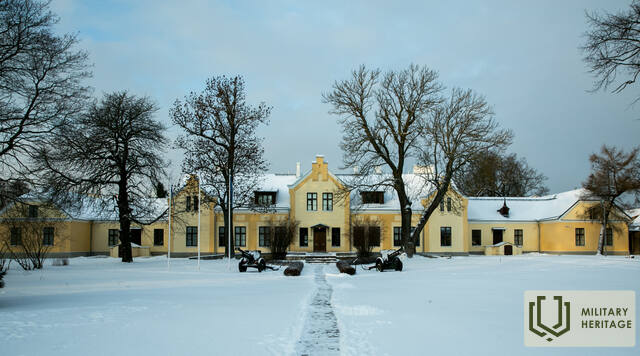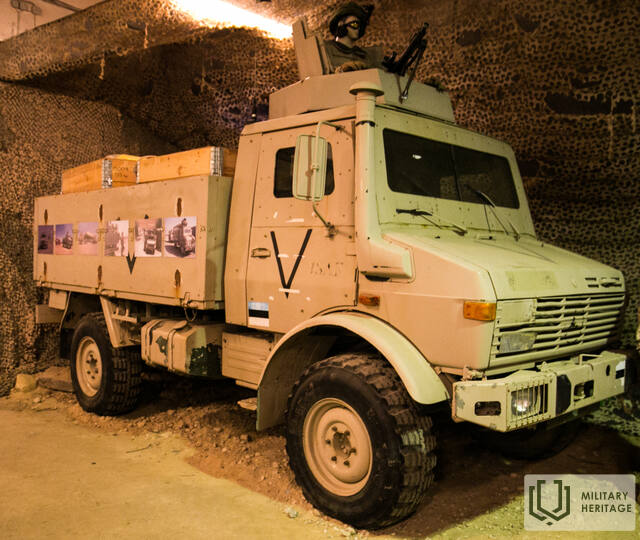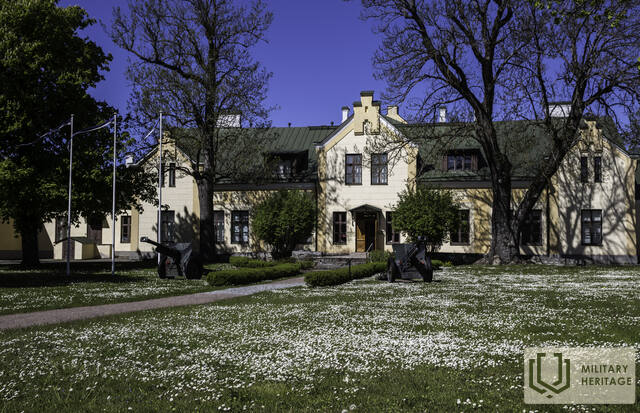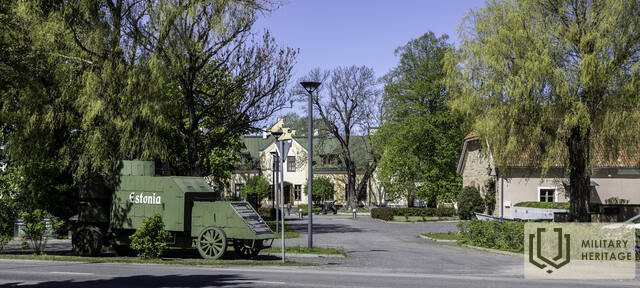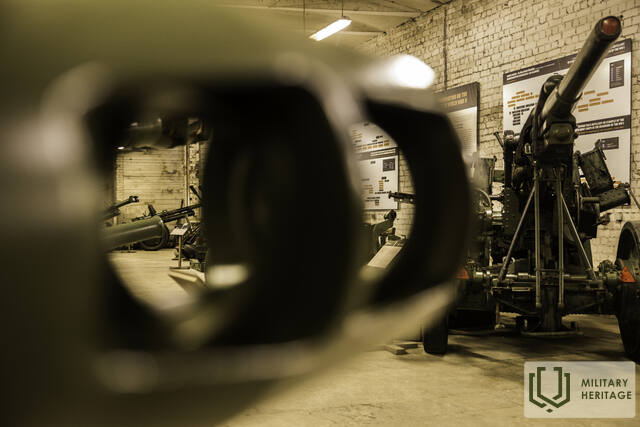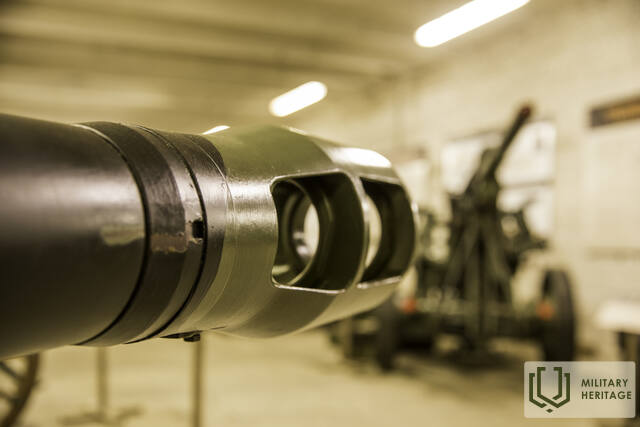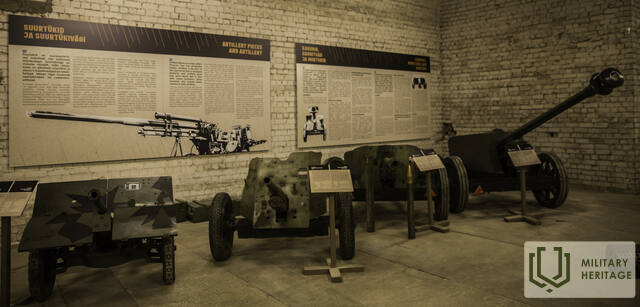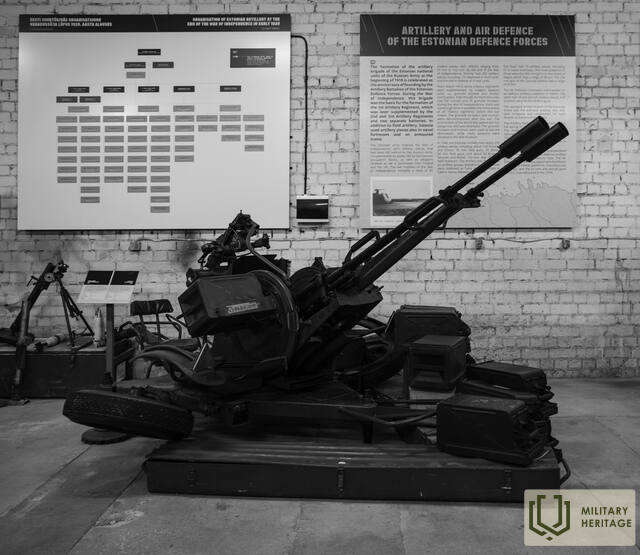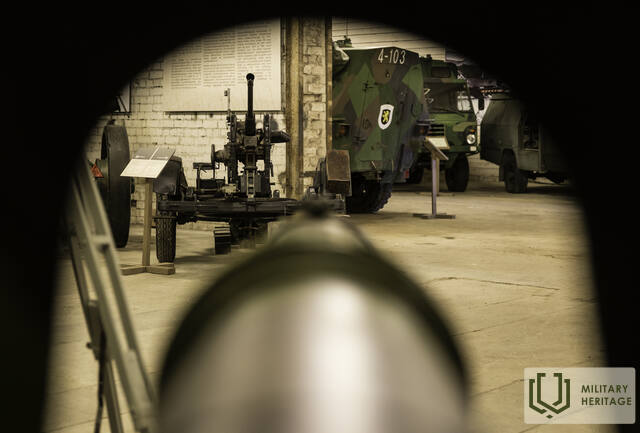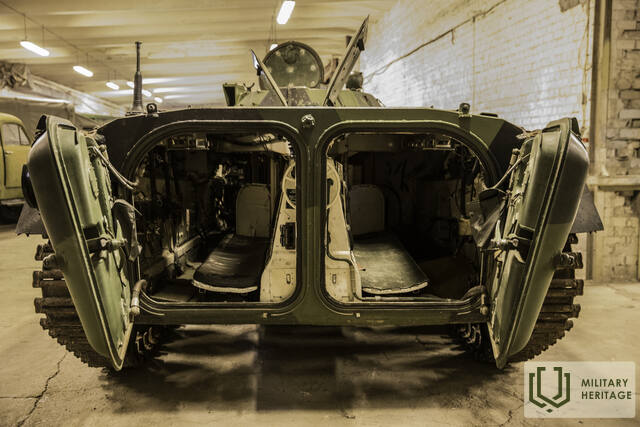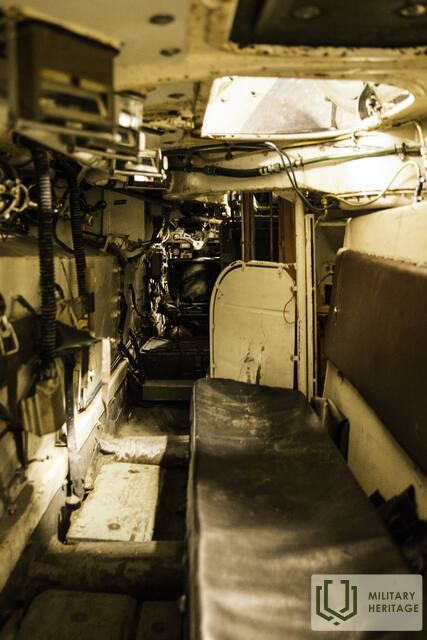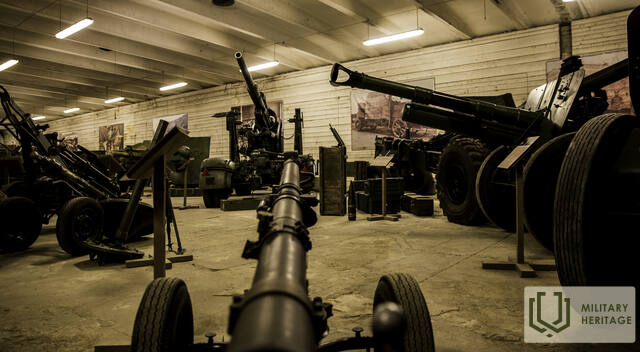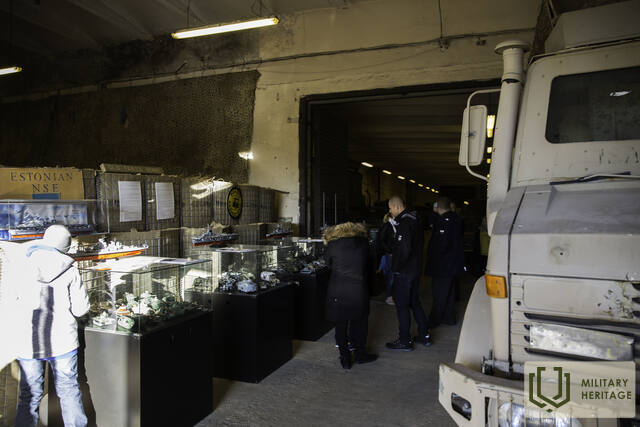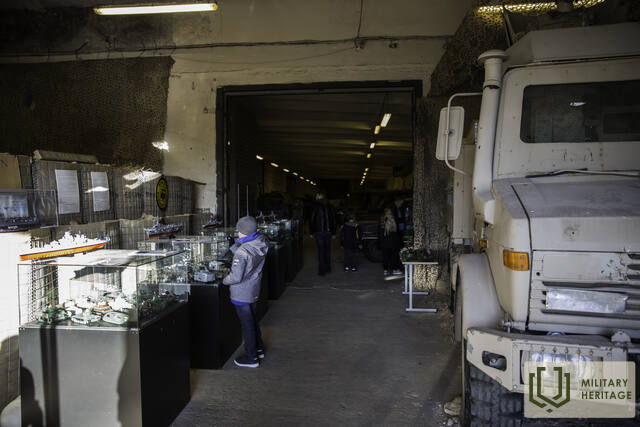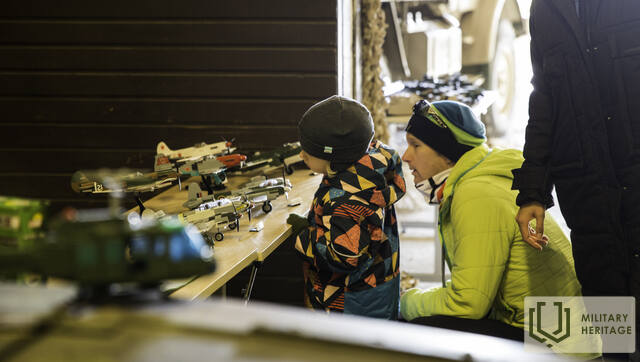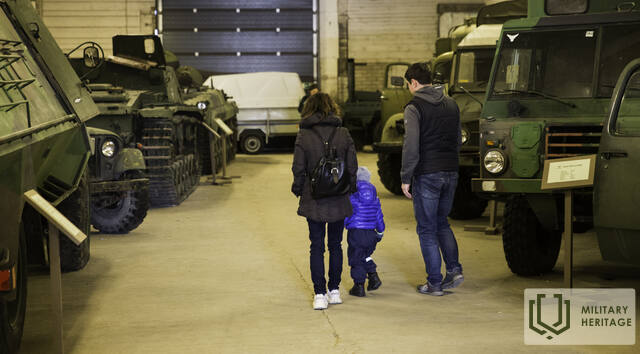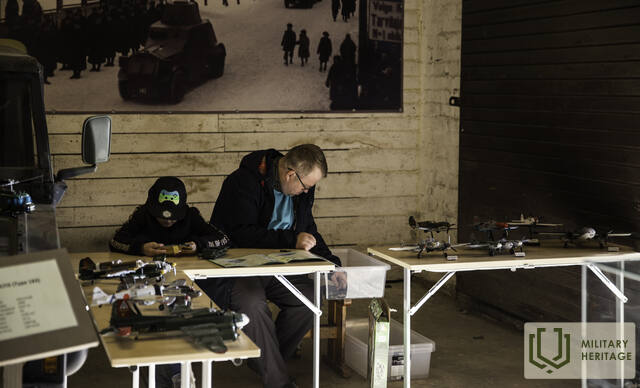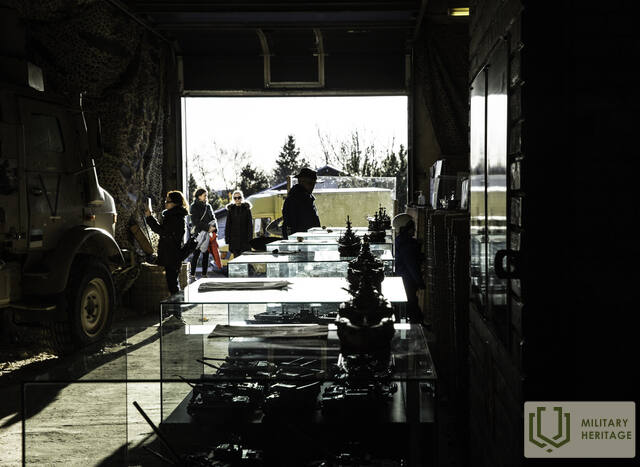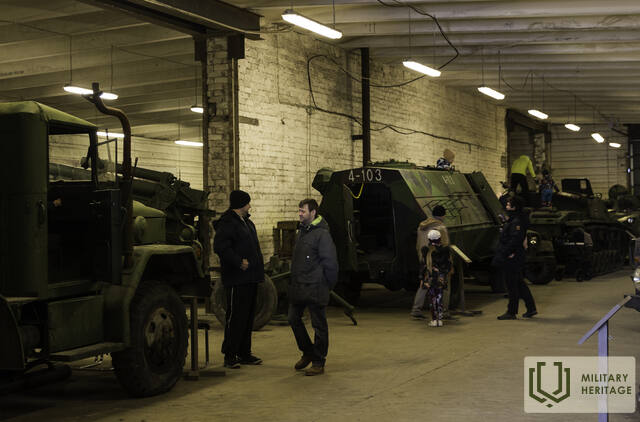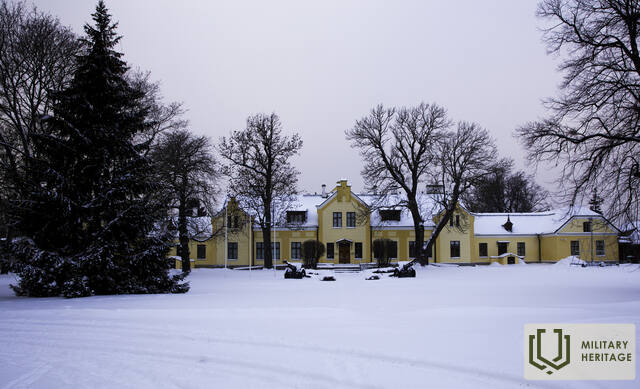Estonian War Museum - General Laidoner Museum
Museum

This museum, which has been housed in the mid-19th century historicist Viimsi Manor since 2001, conducts research into and both preserves and displays Estonian military history. Its predecessors were the Estonian War of Liberation Museum (founded on 19 January 1919) and a museum dedicated to General Laidoner established at the manor by decree of Viimsi Municipal Government in 1993. During the Soviet occupation, the manor was used by a naval intelligence unit: after the withdrawal of the Soviet Army, the building was in a dire state. The museum was founded by decree of Minister of Defence Jüri Luik on 26 February 2001. Since then, the museum has operated under the jurisdiction of the Ministry of Defence. Its main exhibition showcases wars fought in Estonia and abroad in which Estonians have participated. Part of the exhibition is dedicated to Commander-in-Chief Johan Laidoner, who owned the manor from 1923-1940. The military equipment hangar near the main building displays a variety of artillery pieces and vehicles.
Used sources and references:
https://esm.ee/muuseumist/tutvustus
Educational programs
Military paterns
Patterns are part of warfare. Already ancient warriors covered their faces and bodies with war paintings, which instilled in them strength and bravery. Today, a camouflage pattern uniform helps the modern-day soldier hide from the enemy. Military parade uniforms and weapons have beautiful patterns to emphasize solemnity, etc. During this game, players search for patterns and shapes in the war museum exposition. They can be found everywhere - on maps, walls, weapons, uniform cubes. The players are formed into teams of 3-4 members and must go through all the expositions of the museum. After answering the last question, you return to the starting point of the game, after which the correct answers are reviewed and discussed with the game leader.
Workshop about the history of the sword
In the workshop we will talk about swords, from what the first swords were made of, what carrying a sword meant for a warrior in the past and what it means today. Children can explore which swords are found in the war museum and learn what parts a sword is made of. During the workshop, children make paper swords, decorating them according to their imagination.
Badge making workshop
Since ancient times, warriors have earned honor and fame for their bravery and cleverness, and have received orders for their heroism. In this workshop, together with the children, we will see which orders are found in the war museum and briefly introduce the history of orders. In the end, everyone crafts a gorgeous order.
Estonia and Cold War. Role play
The educational program deals with the situation in Estonia after World War II until the end of the Cold War when the USSR collapsed. In the workshop students find out how resistance took place in Estonia after the end of World War II. We will discuss whether and how, despite the occupation and repression, the Soviet military bases located on the territory of Estonia, and the suppression of independence efforts, the dream of a free country lived on in people and the re-independence of Estonia became possible. The program takes place in the form of a situational game, where the task of the participants is to choose a character and analyze his choices and opportunities to stand up for Estonia's freedom during the Cold War period, both here and beyond the "Iron Curtain".




